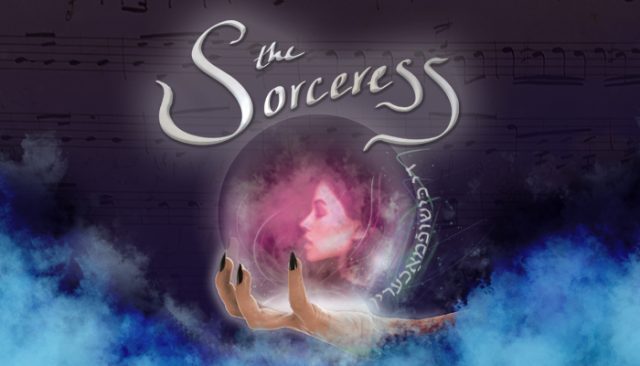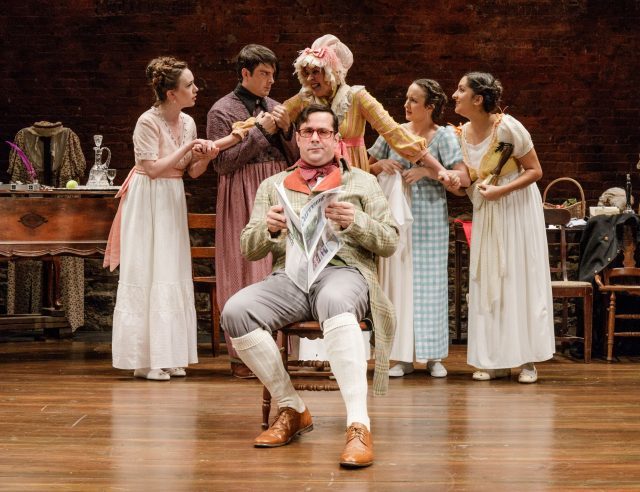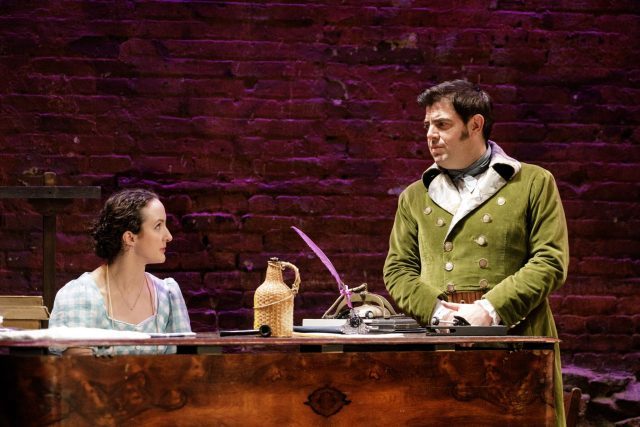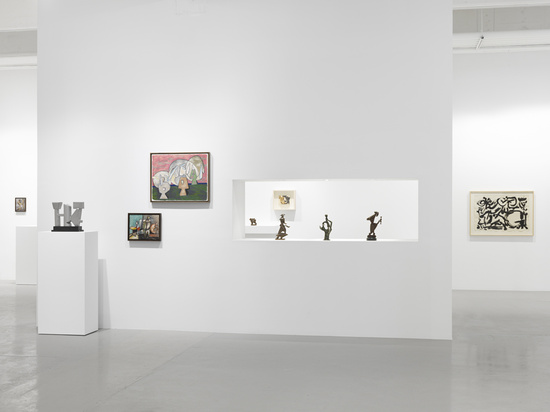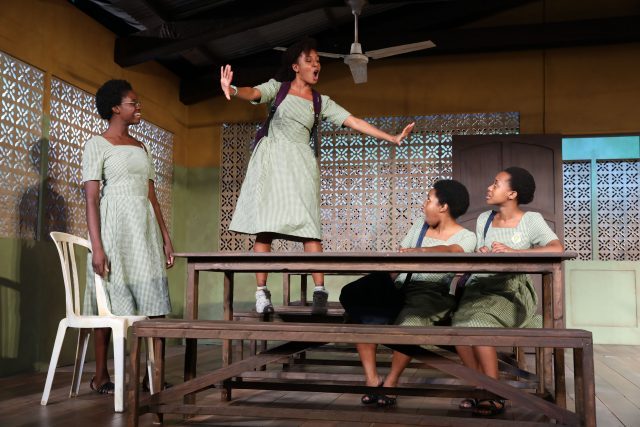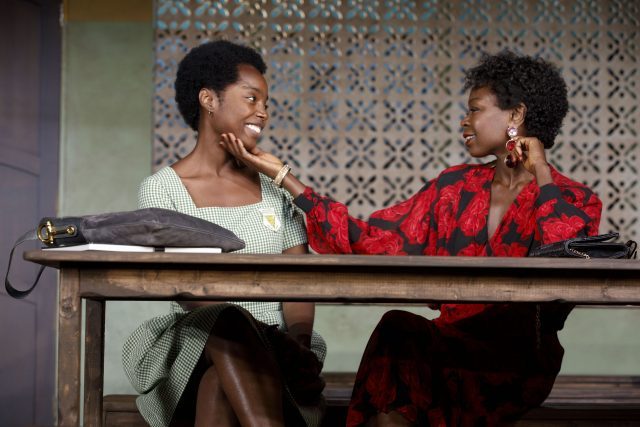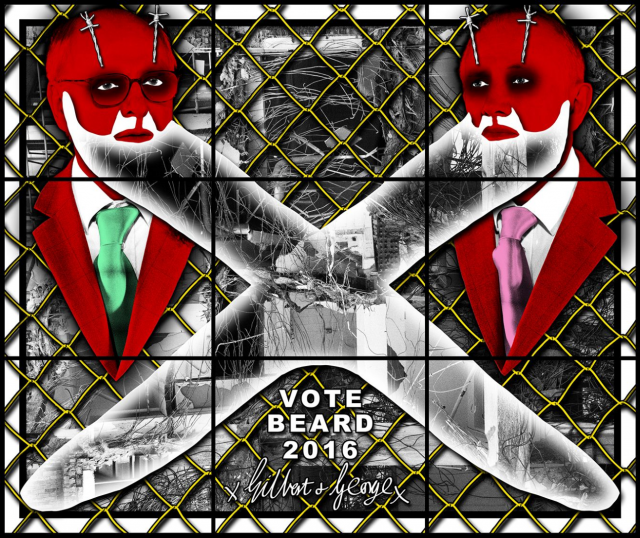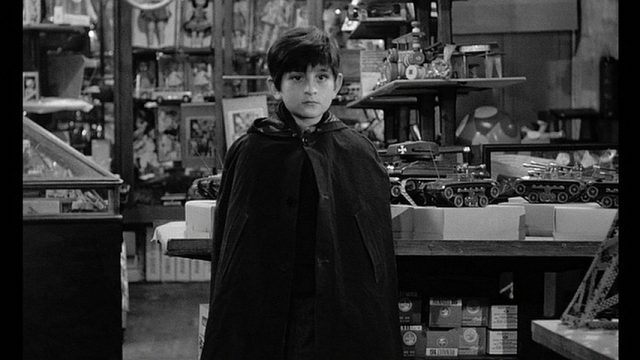
Alain Cohen makes a sparkling debut in Claude Berri’s semiautobiographical masterpiece, The Two of Us
THE TWO OF US (LE VIEIL HOMME ET L’ENFANT) (Claude Berri, 1967)
Quad Cinema
34 West 13th St. between Fifth & Sixth Aves.
Opens Friday, December 22
Series runs December 29 – January 4
212-255-2243
quadcinema.com
 The Quad is celebrating the holidays with “A Very Berri Christmas,” a wide-ranging ten-film tribute to French writer, director, producer, actor, and distributor Claude Berri that includes such favorites as Jean de Florette, Manon of the Spring, and Le Sex Shop. The series kicks off December 22 with the U.S. premiere of the fiftieth anniversary 4K restoration of Berri’s semiautobiographical debut feature, the extraordinary WWII coming-of-age drama The Two of Us. “In November 1943, I was eight years old . . . and already a Jew,” Berri, who was born Claude Berel Langmann, says in voice-over at the start of the film, which is based on his real-life experiences when he was sent to live with a gentile family during the war. Young Claude Langmann (Alain Cohen) can’t help getting into trouble even though his father (Charles Denner) keeps trying to make him understand that Jews have to lay low and stay below the radar in German-occupied Paris. But soon Claude’s exasperated father and loving mother (Zorica Lozic) send him off to the Grenoble countryside to stay with Mémé (Luce Fabiole) and Pépé (Michel Simon), an older couple who don’t know that he’s Jewish. They become surrogate grandparents for Claude, who builds a particularly special relationship with Pépé, an animal lover who blames the world’s ills on the Jews, the Communists, the Bolsheviks, and the English. He regularly chastises his son, Victor (Roger Carel), who is married to Suzanne (Sylvine Delannoy). Pépé prefers the company of his treasured fifteen-year-old dog, Kinou, who has his own chair at the dinner table and sleeps in bed with Mémé and Pépé. As Pépé sings the praises of Vichy leader Marshal Philippe Pétain, Claude continues to wreak more than his share of havoc, from getting in fights at school to flirting with Dinou (Elisabeth Rey), the daughter of Maxime (Paul Préboist), a farmer whose son (Didier Perret) can’t keep his finger out of his nose.
The Quad is celebrating the holidays with “A Very Berri Christmas,” a wide-ranging ten-film tribute to French writer, director, producer, actor, and distributor Claude Berri that includes such favorites as Jean de Florette, Manon of the Spring, and Le Sex Shop. The series kicks off December 22 with the U.S. premiere of the fiftieth anniversary 4K restoration of Berri’s semiautobiographical debut feature, the extraordinary WWII coming-of-age drama The Two of Us. “In November 1943, I was eight years old . . . and already a Jew,” Berri, who was born Claude Berel Langmann, says in voice-over at the start of the film, which is based on his real-life experiences when he was sent to live with a gentile family during the war. Young Claude Langmann (Alain Cohen) can’t help getting into trouble even though his father (Charles Denner) keeps trying to make him understand that Jews have to lay low and stay below the radar in German-occupied Paris. But soon Claude’s exasperated father and loving mother (Zorica Lozic) send him off to the Grenoble countryside to stay with Mémé (Luce Fabiole) and Pépé (Michel Simon), an older couple who don’t know that he’s Jewish. They become surrogate grandparents for Claude, who builds a particularly special relationship with Pépé, an animal lover who blames the world’s ills on the Jews, the Communists, the Bolsheviks, and the English. He regularly chastises his son, Victor (Roger Carel), who is married to Suzanne (Sylvine Delannoy). Pépé prefers the company of his treasured fifteen-year-old dog, Kinou, who has his own chair at the dinner table and sleeps in bed with Mémé and Pépé. As Pépé sings the praises of Vichy leader Marshal Philippe Pétain, Claude continues to wreak more than his share of havoc, from getting in fights at school to flirting with Dinou (Elisabeth Rey), the daughter of Maxime (Paul Préboist), a farmer whose son (Didier Perret) can’t keep his finger out of his nose.
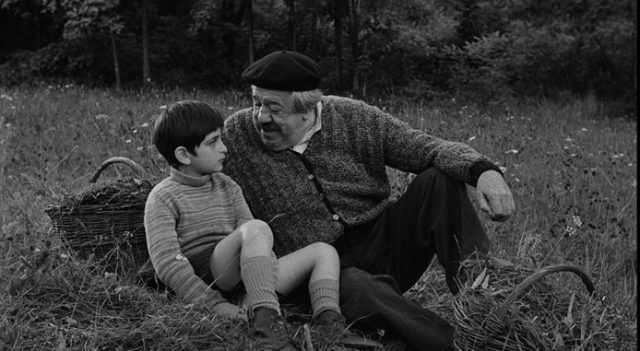
The Jewish Claude (Alain Cohen) and the anti-Semitic Pépé (Michel Simon) form a unique bond in sensitive and beautiful WWII drama
The Two of Us, whose French title translates as The Old Man and the Child, is anchored by spectacular performances by newcomer Cohen, whose maternal grandparents were killed at Auschwitz, and Simon (L’Atalante, Boudu Saved from Drowning), in one of his last roles following a debilitating accident with makeup dye. Despite being only nine years old, Cohen, who would go on to play Claude in two other films by Berri, shows an innate understanding of his character’s complexities; Claude knows how to push adults’ buttons, as revealed by his sly smiles. He subtly taunts Pépé about his anti-Semitism, at one point teasing the old man about the size and shape of his nose. Cohen even looks directly into the camera a few times, as if he’s aware that we’re watching him. Simon won the Silver Bear at the Berlin Film Festival for his portrayal of Pépé, a big, lovable, gentle man with a tender humanity except for his dangerous political views; Berri does not apologize for him but instead depicts him as someone who doesn’t really know any better and perhaps might just learn something from Claude. Berri also throws in a playful reference to a frying pan, a key object in his Oscar-winning 1962 short, Le Poulet, about a hen. The 4K restoration of The Two of Us is sensational, bringing out the sharp details of Jean Penzer’s black-and-white photography, which combines beautifully with Georges Delerue’s gorgeous, understated score. The Two of Us is an unforgettable film, relentlessly charming despite its serious subject matter, with one of the all-time-great performances by a child. “A Very Berri Christmas” continues December 29 through January 4 with such other films as Germinal, Male of the Century, Uranus, and Je vous aime, which boasts a spectacularly attractive cast as Catherine Deneuve tries to discover what went wrong with former lovers Gérard Depardieu, Jean-Louis Trintignant, and Serge Gainsbourg.
